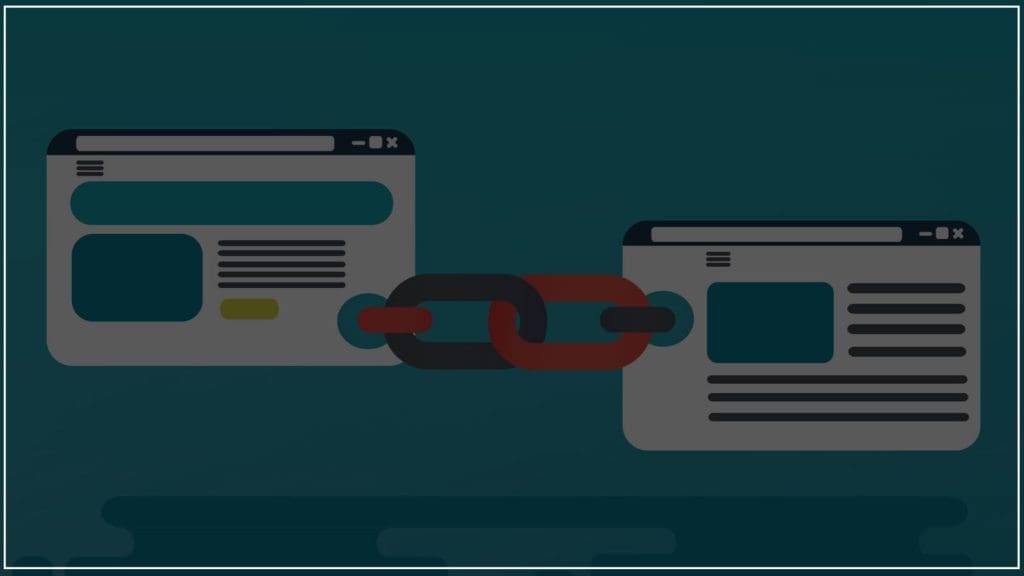The subject of internal linking in Search Engine Optimisation (SEO) is frequently relegated to a secondary status, overshadowed by its more popular counterpart: external backlinking. This post aims to provide an exhaustive examination of why internal linking is not merely beneficial but integral to a robust SEO strategy.
What is Internal Linking?
Internal linking refers to the process of creating links that direct traffic from one page within a website to another page on the same domain. This includes various types of links, such as navigation links, anchor text within articles that link to other articles, or call-to-action links that direct users to landing pages.
The importance of Internal Linking in SEO:
Enhanced User Experience: Internal links simplify user navigation, thereby enhancing their overall experience by effortlessly directing them to pertinent content.
Authority Distribution: Internal links serve as conduits for the distribution of page authority across a website. While their impact may not match that of external links, they play a significant role in disseminating ‘link equity.’
Structural Organization: Thoughtfully structured internal linking contributes to a logically organized website, facilitating the efficient indexing of pages by search engine algorithms.
Mitigated Bounce Rates: Strategic internal linking strategies can reduce bounce rates by enticing users to explore additional content, thus prolonging their engagement with the site.
Keyword Optimization: Meticulously incorporated internal links can boost a website’s ranking for specific keywords.
Best Practices for Internal Linking
Descriptive Anchor Text: Employing relevant, descriptive anchor text is recommended, whilst caution is advised to avoid over-optimisation.
Depth of Links: It is advisable to link to deep-seated, informational pages as opposed to merely linking to top-level pages like homepages and primary category pages.
Natural Insertion: Links should be naturally integrated into the content, steering clear of forced or artificial placement.
Follow vs No-Follow Tags: Internal links generally should employ ‘dofollow’ tags, except in instances where a ‘nofollow’ tag is explicitly required.
Relevance Over Quantity: A profusion of links is not necessarily advantageous; focus on relevance and utility to the reader.
Conclusion
To conclude, internal linking stands as an indispensable component of a holistic SEO strategy. It enhances the user experience, contributes to a well-organized website structure, and bolsters keyword and page authority. Notably, unlike external backlinks, webmasters exercise full control over internal linking, rendering it a highly manageable SEO variable.




















